Ladies and gentlemen, the new iPhones have landed! If you’re just now learning about the new iPhone Xs on Phandroid, there’s a good chance that you’re probably not interested in the new flagship smartphone from Apple. That being said, you might be a little curious as to how your recent Android smartphone purchase stacks up against the iPhone Xs.
To put things simply, if you’ve seen last year’s iPhone X, you’ll probably have a hard time telling it apart from the iPhone Xs. Like all of Apple’s “s” models, this new device has the same body as last year’s phone. The only real thing to set it apart is the new “gold” color option. Of course, there are a few differences on the inside. The iPhone Xs comes with an improved dual camera system on the back which takes better photos, the Face ID system has been upgraded to be slightly faster, the battery lasts 30 minutes longer than the previous model, Apple’s finally added a 512GB storage option, upgraded IP68 dust and water resistance and the new and improved A12 Bionic processor.
We’ve broken the specs down into an easy-to-digest table which shows all the most important features of the new iPhone Xs matched up again those of the most popular Android smartphones of 2018 — the Samsung Galaxy S9, Oneplus 6 and LG G7 ThinQ. Based on what you’ve seen, does the new Apple iPhone Xs have what it takes to go head-to-head against the best Android devices this year?
| iPhone Xs | Samsung Galaxy S9 | OnePlus 6 | LG G7 ThinQ | |
|---|---|---|---|---|
| Screen size | 5.8 inches | 5.8 inches | 6.2 inches | 6.1 inches |
| Resolution | 2,436 x 1,125 | 2,960 x 1,440 | 1080 x 2280 | 3,120 x 1,440 |
| Density | 458ppi | 570ppi | 402ppi | 564ppi |
| Processor | Apple A12 Bionic | Qualcomm Snapdragon 845 | Qualcomm Snapdragon 845 | Qualcomm Snapdragon 845 |
| RAM | Unknown | 4GB | 6 / 8GB | 4GB |
| Storage | 64 / 256 / 512GB | 64 / 128 / 256GB | 64 / 128 / 256GB | 64GB |
| Battery | Unknown (20 hours talk / 12 hours internet) | 3,000mAh | 3,300mAh | 3,000mAh |
| OS | iOS 12 | Android 8.0 | Android 8.0 | Android 8.0 |
| Rear camera | Dual cameras: Wide-angle, 12MP, f/1.8, 1.4μm Pixel size, Telephoto, 12MP, f/2.4 | 12MP, dual aperture f/1.5 and f/2.4, 1.4μm pixel size | Dual cameras: Standard 16MP, f/1.7, 1.22µm pixel size, 20 MP depth sensor | Dual cameras: Standard, 16MP, f/1.6, 1.0μm pixel size Wide-angle, 16MP, f/1.9, 1.0μm pixel size |
| Front camera | 7MP, f/2.2 | 8MP, f/1.7 | 16 MP, f/2.0 | 8MP, f/1.9 |
| Bluetooth | v5.0 | v5.0 | v5.0 | v5.0 |
| NFC | Yes | Yes | Yes | Yes |
| Dimensions | 143.6 x 70.9 x 7.7mm | 147.7 x 68.7 x 8.5mm | 155.7 x 75.4 x 7.8 mm | 153.1 x 71.9 x 7.9mm |
| Weight | 177g | 163g | 177g | 162g |
| Special features | IP68 certified, FaceID, Qi wireless charging, dual SIM | IP68 certified, 3.5mm headphone jack, WPC/PMA wireless charging, Iris Scanner, Fingerprint Scanner | 3.5mm headphone jack, Fingerprint Scanner | IP68 certified, 3.5mm headphone jack, Qi wireless charging, 32-bit Hi-Fi Quad DAC, Fingerprint Scanner |

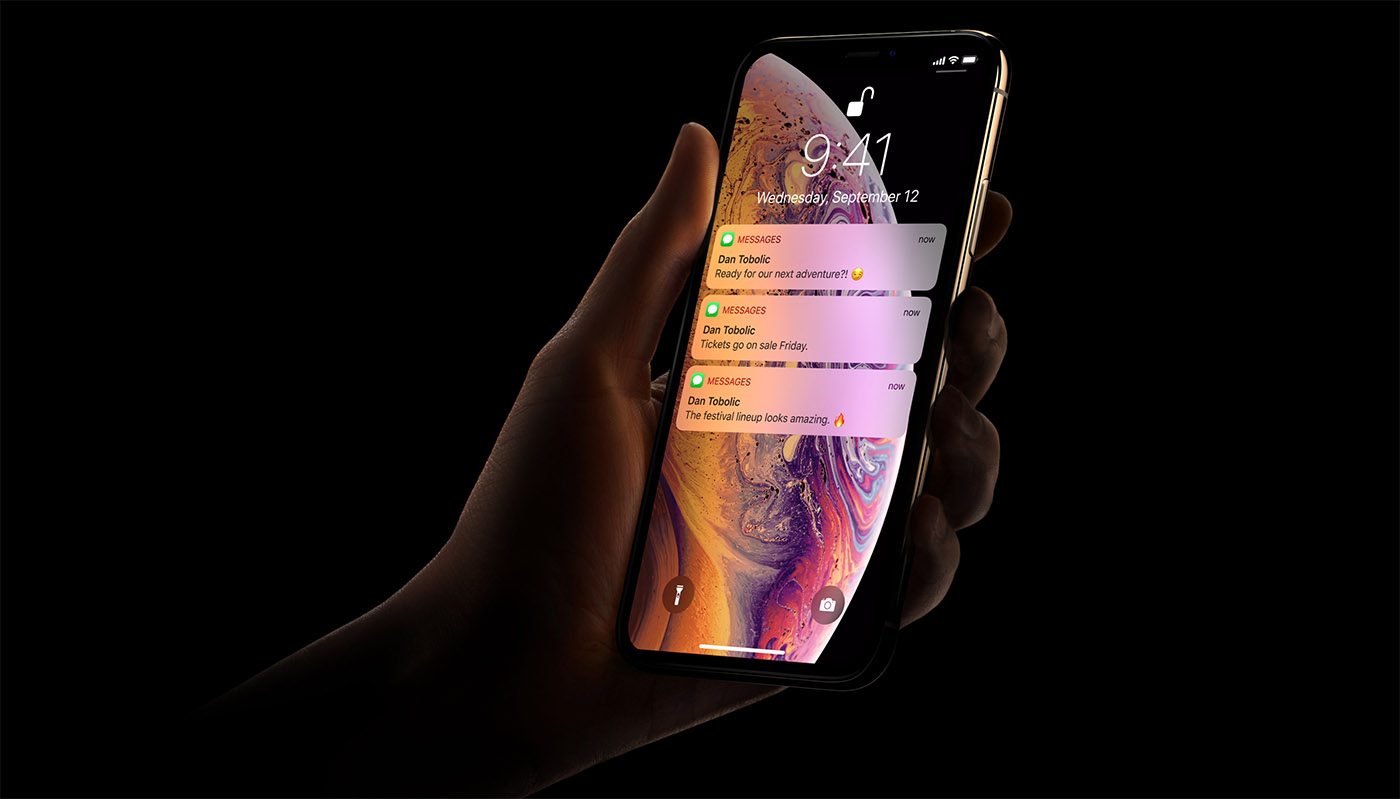
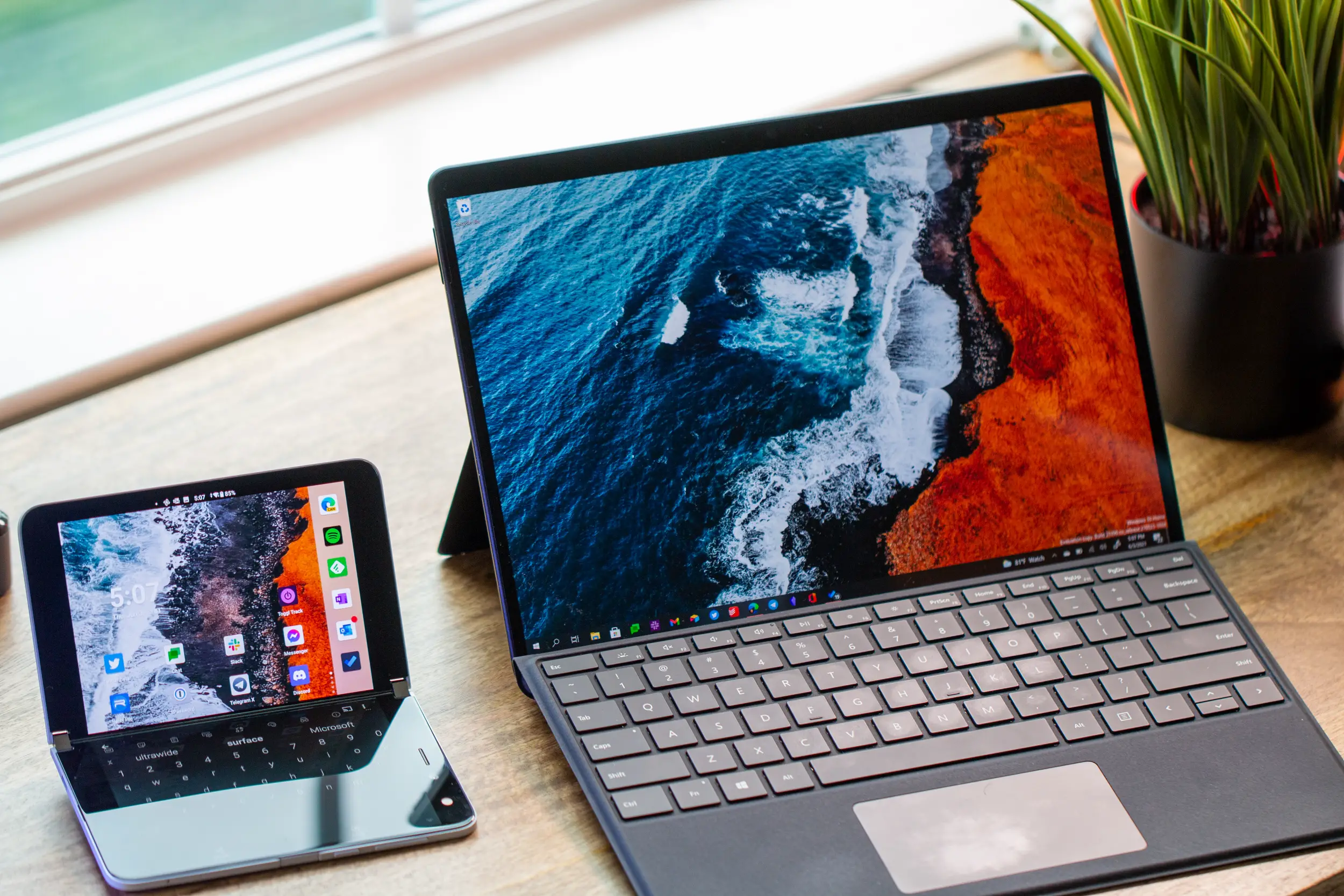
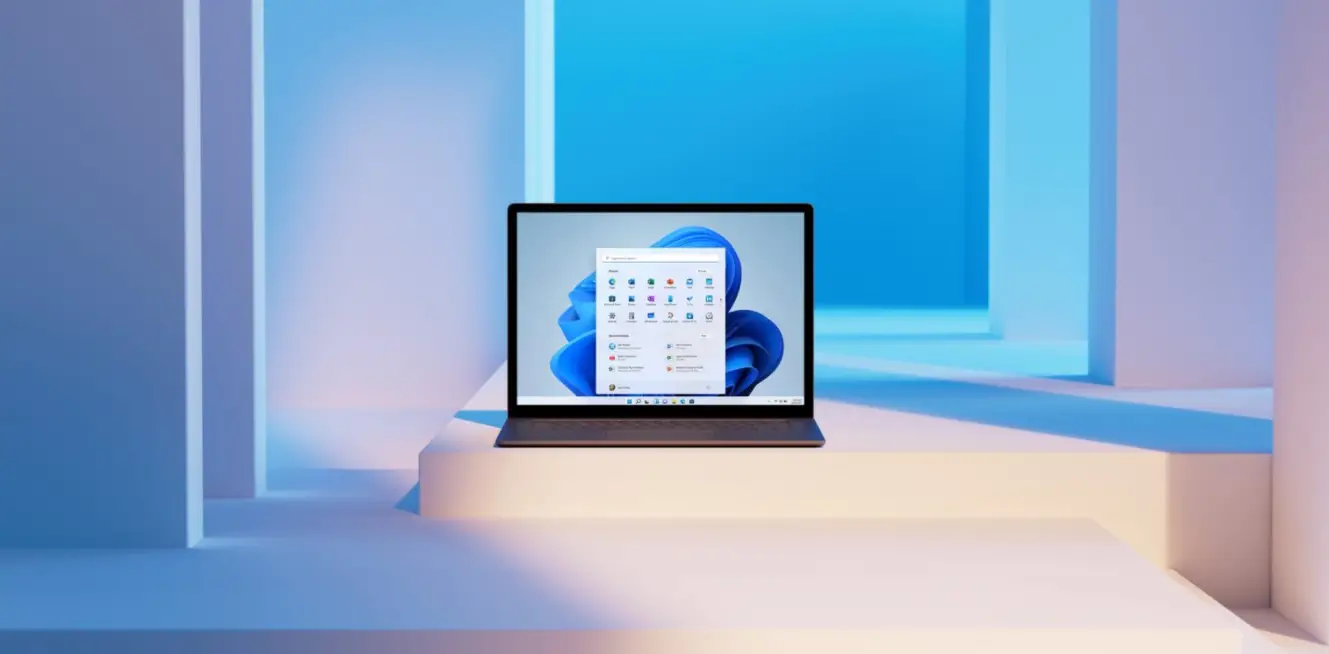
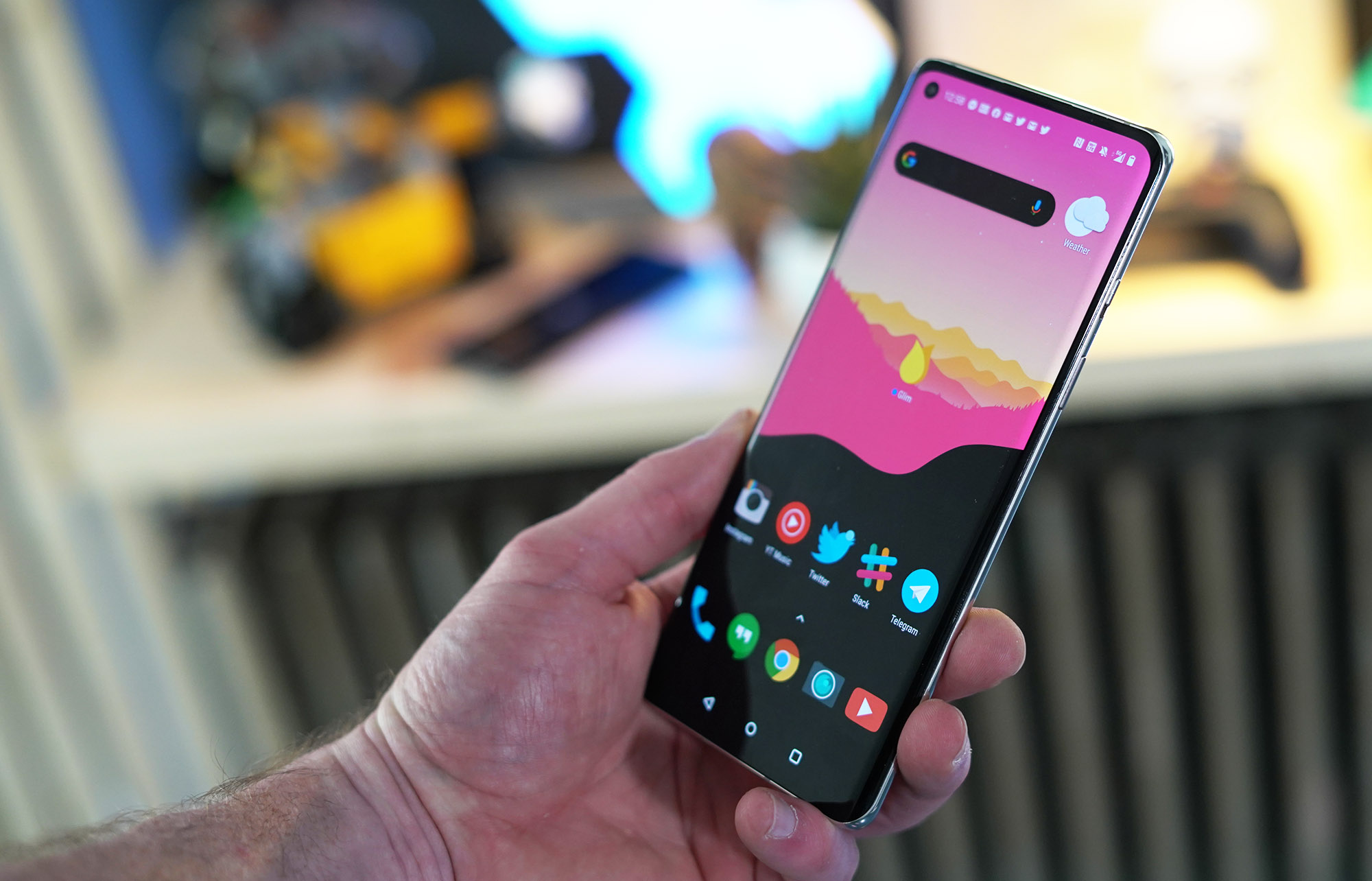
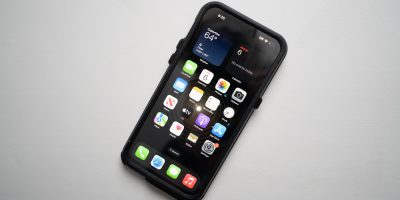




Comments